Mental Models explain complex ideas through visuals
You probably use a mental model every day. Consider the weather map. In the fraction of a second that you look at a weather map, you see a web of locations, patterns, and situations. You identify the information you need, make a decision, and take action – such as bringing your umbrella with you to work.
We use visuals (two popular models — temperaments and decision-making — are shown below) to make complex leadership development ideas easy to understand. More importantly, a mental model is the vehicle to share powerful ideas with groups or teams, opening up dialogue and facilitating creativity and direction.Improving interactions
Temperaments
In many of our trainings we use this personality assessment mental model to clearly and succinctly explain personality & behavioral assessment. People easily relate the personality types to themselves, bringing awareness to what are often unconscious behaviors and communication styles.
Improving human dynamics
Elephant-Rider
The Elephant-Rider Model, made popular in Jonathan Haidt’s book The Happiness Hypothesis, is another of our popular mental models used by employees to understand how emotions affect decision-making. This model explains the complexity of the human mind and its decision-making process, and makes it accessible to leaders striving to identify patterns of behavior that are impeding or supporting the team.

